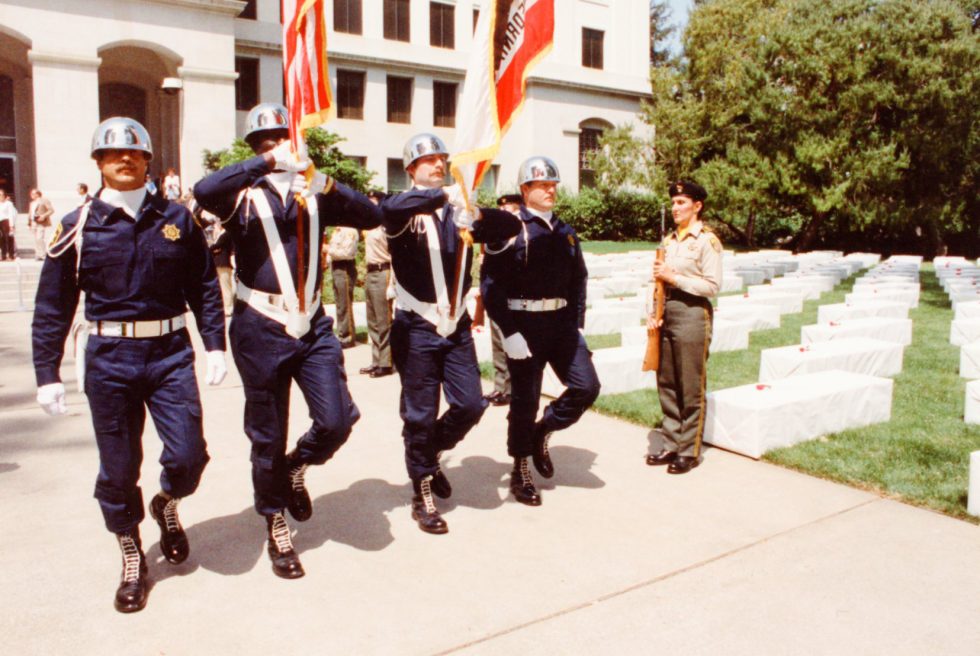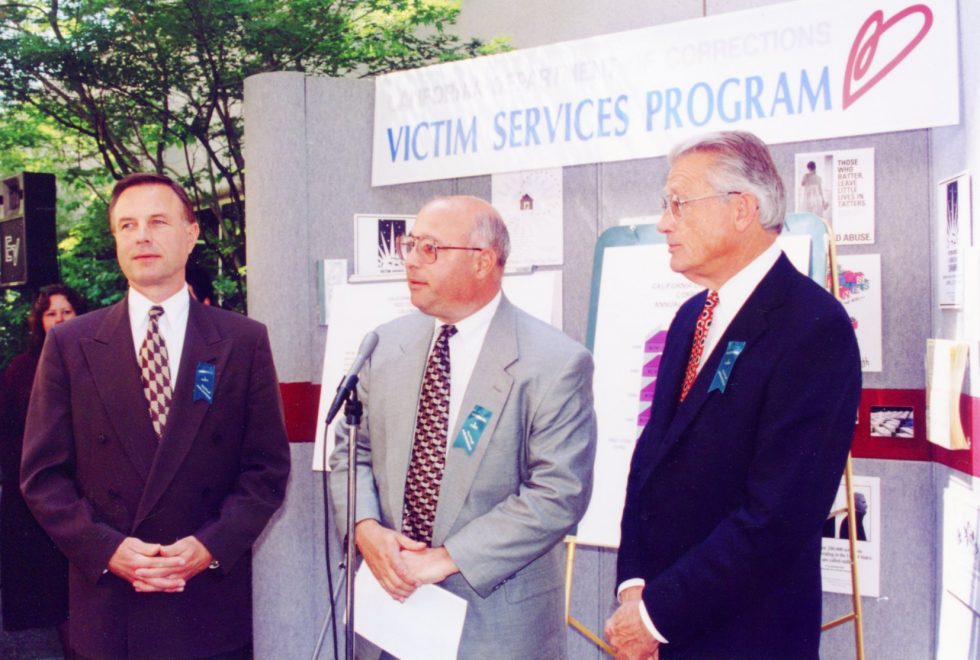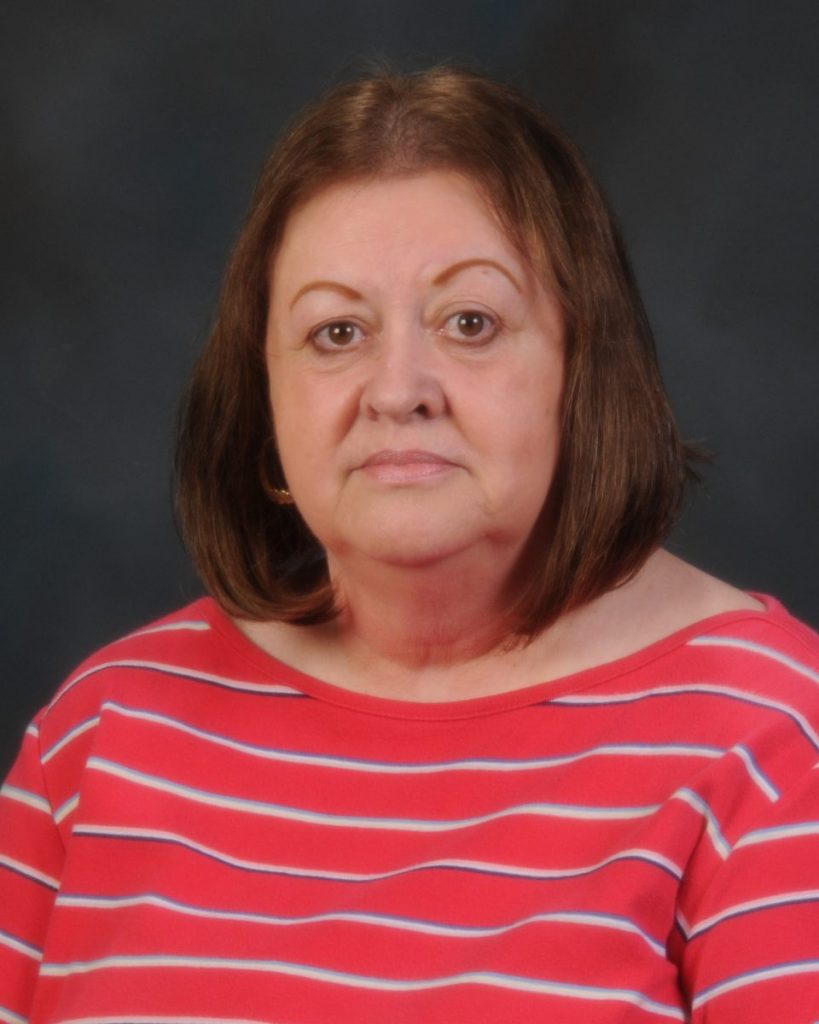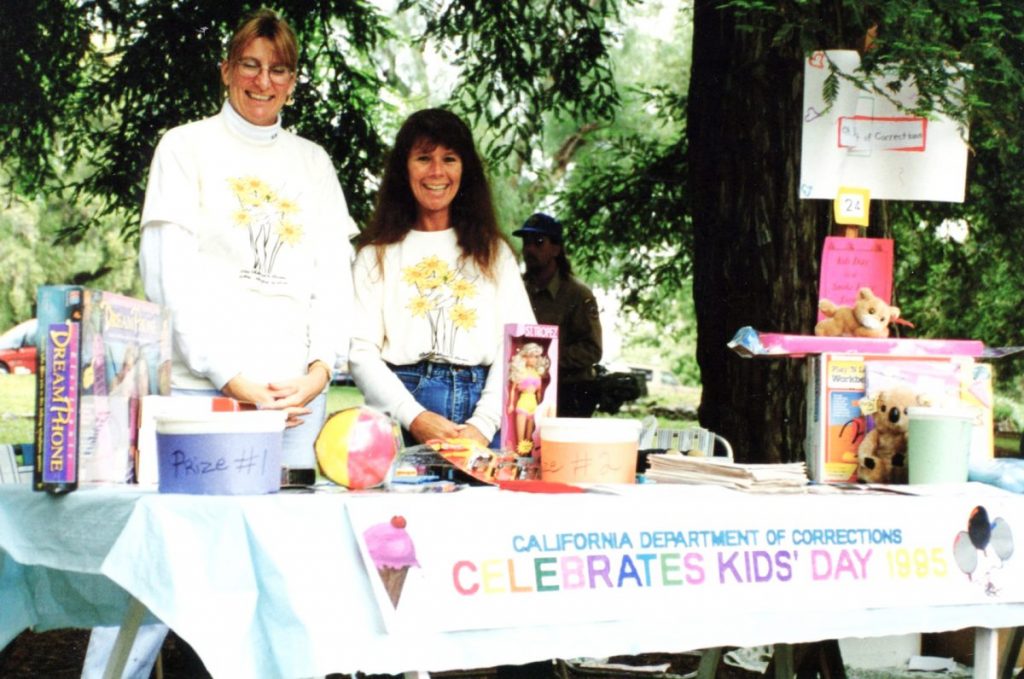Looking back at the history of CDCR’s victims’ services

Crime victim and survivor services weren’t always readily available but today there are many way to serve the community.
Developing the methods to provide information, notification, restitution, outreach, training, referral and support services to crime victims and their next of kin didn’t happen overnight. Since the state’s first person was incarcerated, crime victims and survivors have fought for their voices to be heard.
In 1982, California voters passed Proposition 8, known as the Victims’ Bill of Right. The law gave victims “the right to testify on the impact of crime at sentencing and parole hearings, otherwise known as the right of allocution and the right of victims to receive restitution.”
Six years later, the department established the Victim Services Program, now known as the Office of Victim and Survivor Rights and Services (OVSRS).
“Victims of crime have the right to expect that criminals will be held accountable for their crimes,” said department Director James Rowland in Correction News, December 1988.
First program leader

Sandi Menefee served as the coordinator for the new program. Later, she was named chief of the Victims Services and Restitution Branch.

According to the department’s newsletter, “the victim’s right to be served, to be informed, to be heard and to be involved are major areas of concern which will be addressed.”
The 1988 newsletter also indicated “Central Office/Communications (is developing) a brochure titled ‘Helping Crime Victims’ in cooperation with the Special Projects Victims Assistance Program.”
The brochure listed victim rights and services such as notification, having a voice regarding parole and restitution. It also outlined what happens to an offender after being convicted of a crime. The printed brochure is undated but was most likely published in the late 1980s.
In 1993, the Youth and Adult Correctional Agency held the Victims of Crime Summit to review “the state of victim services in corrections (for) developing recommendations for addressing the unmet needs of victims.”
According to a department memo dated Jan. 20, 1994, the summit brought together 75 representatives from victim centers, victim support groups, law enforcement, the judiciary and other affected state agencies.
The summit focused on five key issues: restitution, allocution, notification, offender programming and system improvements.
VICTIM SERVICES TIMELINE

Source: Department publication, “Facing Violence Today: Fewer Victims Tomorrow,” April 1994.
1970s: The beginning
- 1972 — The first three victim assistance programs are created: Aid for Victims of Crime in St. Louis, Missouri; Bay Area Women Against Rape in San Francisco; and Rape Crisis Center in Washington, D.C.
- 1974 — The Federal Law Enforcement Assistance Administration funds the first victim/witness programs in the Brooklyn and Milwaukee District Attorneys’ offices, plus seven others through a grant to the National District Attorneys’ Association. Purpose: to create model programs of assistance to victims, encourage victim cooperation and improve prosecution. The first law-enforcement based victim assistance programs are established in Fort Lauderdale, Florida, and Indianapolis, Indiana.
- 1975 — The first Victims’ Rights Week is organized by the Philadelphia District Attorney. Citizen activists from across the country unite to expand victim services and increase recognition of victim rights.
- 1976 — National Organization for Women forms a task force to study domestic violence. In Fresno County, Chief Probation Officer James Rowland (later the director of the California Department of Corrections) creates the first victim impact statement to provide the judiciary with an objective inventory of victim injuries prior to sentencing.
- 1977 — Oregon becomes the first state to enact legislation mandating arrest in domestic violence cases.
- 1978 — The U.S. Congress passed the Child Abuse Prevention and Treatment Act which establishes the National Center on Child Abuse and Neglect. The National Coalition Against Sexual Assault is formed to combat sexual violence and to promote services for survivors. The National Coalition Against Domestic Violence (NCADV) is organized as a voice for the battered women’s movement on a national level. That organization initiates the introduction of the Family Violence Prevention and Services Act in the U.S. Congress.
1980s: National recognition
- 1980 — Mothers Against Drunk Driving is founded after the death of a 13-year-old girl who was killed by a repeat drunk driver. Congress passes the Parental Kidnapping Prevention Act. Wisconsin passes the first Crime Victims’ Bill of Rights.
- 1981 — Ronald Reagan is first President to proclaim Crime Victims’ Week in April. The disappearance and murder of missing child Adam Walsh sparks national campaign to raise awareness about child abduction.
- 1982 — President Reagan appoints the Task Force on Victims of Crime, holding public hearings to highlight the needs of crime victims. The Federal Victim and Witness Protection Act of 1982 brings “fair treatment standards” to victims and witnesses in the Federal criminal justice system. California voters overwhelmingly pass Proposition 8, guaranteeing restitution and other statutory reforms to crime victims.
- 1983 — Office for Victims of Crime is created by the U.S. Department of Justice within the Office of Justice Programs. The U.S. Attorney General establishes a Task Force on Family Violence, which holds six public hearings across the country.
- 1984 — Victims of Crime Act establishes the Crime Victims Fund to support state victim compensation and local victim service programs. Justice Assistance Act establishes a financial assistance program for states and municipalities to fund 200 new victim service programs. The National Center for Missing and Exploited Children is established. The Federal Bureau of Prisons establishes first victim/witness notification system.
- 1986 — The Office for Victims of Crime awards the first grants to support state victim compensation and assistance programs.
Story by Don Chaddock, Inside CDCR editor.
Related content: